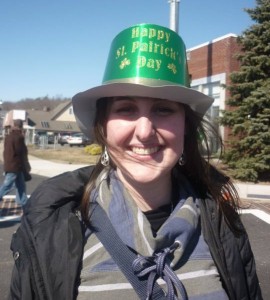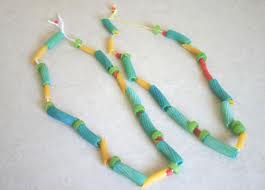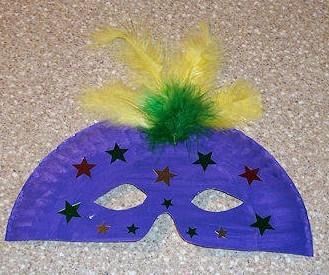Bruna Effting from Brazil, an au pair with Au Pair in America, taught an lesson on her country to second graders at the Wenonah Elementary School in Lake Grove, NY. Bruna is a teacher in Brazil and enjoyed being back in a classroom sharing her country with America students.
Bruna lesson included locating Brazil on the world map.

Then she taught the students how to say “Qual e’ sue nome?” Portugese for ‘What is your name?” They learned to answer “Meu nome e’ _______” or “My name is _______”, they each had a chance to answer.
Bruna explained that seasons are opposite in Brazil and the students were surprised that the kids in Brazil go to school from February till early December.
The most exciting part of the lesson was about Folklore. Bruna explained that in Brazil folk stories are very important and are explanations of how things came to be, many are about the beautiful fauna and flora of Brazil. The children were enthralled in Bruna’s lively storytelling of “The Legend of Iguazu Falls!”

Her lesson was a required Global Awareness component of her UCLA college class, an online course exclusively offered to Au Pair in America au pairs.
Each au pair must enroll in and attend courses at a post-secondary institution during the exchange program, Host families on the Au Pair and Extraordinaire programs pay tuition and fees (books, etc.) up to $500 Host families establish agreeable time frames to attend classes, assist with course registration and provide transportation to and from classes. Au pairs must complete no less than six hours of academic credit or its equivalent during the first 12-month exchange.

Each student wrote a sentence about what they learned about Brazil. They then drew a picture about what they learned. Several drew the Brazilian flag. They learned that the green on the flag represents the forest, the yellow is for the gold that was discovered in Brazil, the blue for the sky, the white stars represent the 27 states in Brazil. Bruna and the students attached their work to a poster board and they kept it for the classroom.
What is Global Awareness? www.globalawareness.com
Global Awareness is an educational program designed to promote multi-cultural understanding and appreciation in elementary and middle school classrooms. Global Awareness is sponsored by the American Institute of Foreign Study www.aifs.com, Founded in 1964, the American Institute For Foreign Study (AIFS) is one of the oldest, largest and most respected cultural exchange organizations in the world. Au Pair in America is a division of AIFS. www.aupairinamerica.com


 Bruna from Brazil enjoys the Rocky Point St. Patrick’s Day Parade!
Bruna from Brazil enjoys the Rocky Point St. Patrick’s Day Parade!

